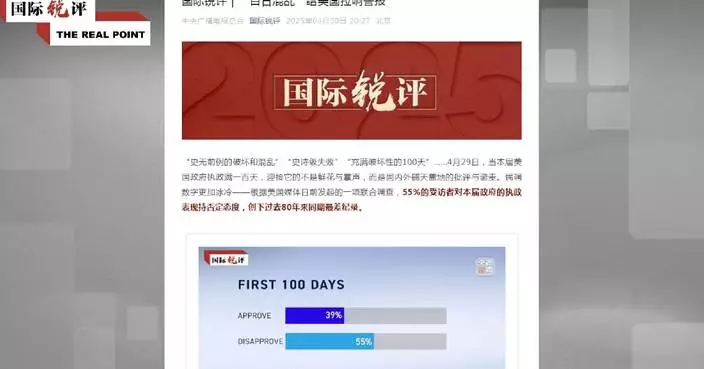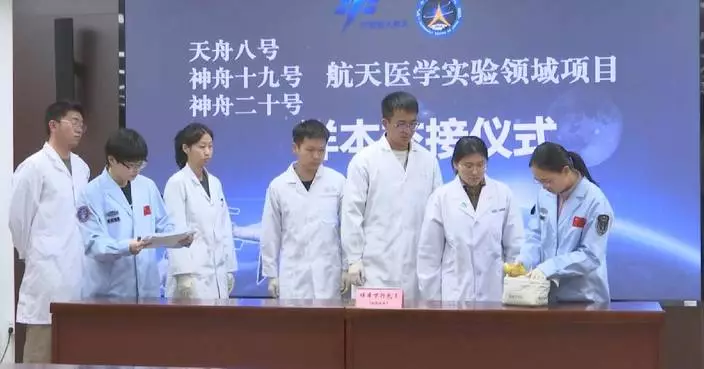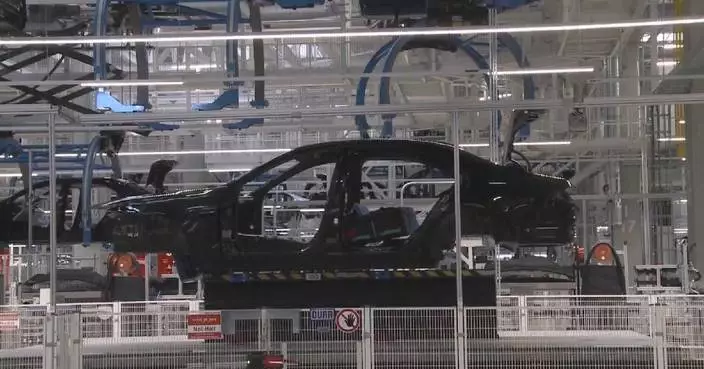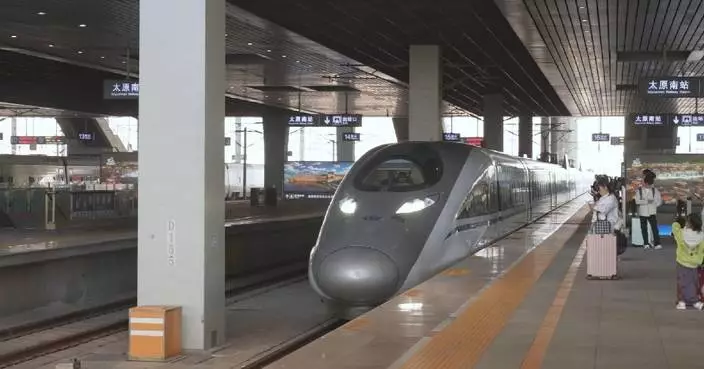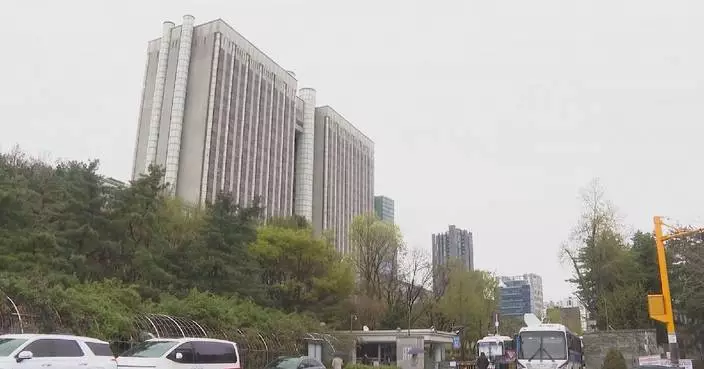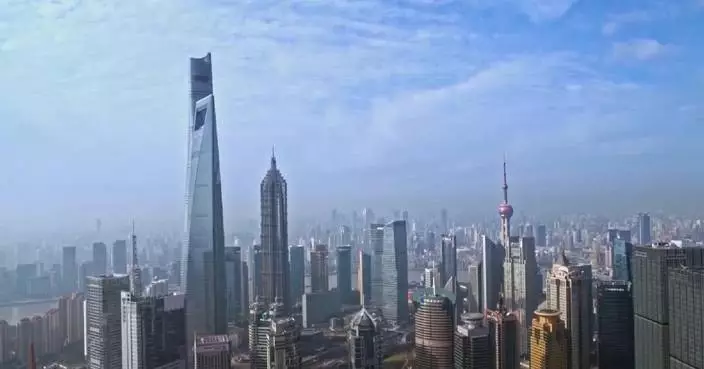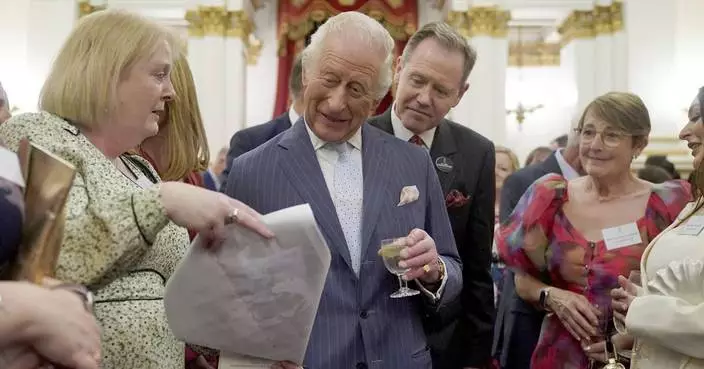Member states of the European Union on Wednesday voted to approve imposing a 25 percent tariff on U.S.-exported products to the EU, in retaliation for the Trump administration's announcement on March 12 to levy tariffs on steel and aluminum imports from the EU.
In a statement, the European Commission condemned the U.S. tariffs as "unjustified and damaging, causing economic harm to both sides, as well as to the global economy."
According to media outlets Euractiv and Politico, 26 of the bloc's 27 member states voted in favor during Wednesday's session, signaling overwhelming support for fighting back against Trump's tariff measures.
"Nobody in Slovakia is happy with this step of American government. Maybe 80 percent of the Slovak industry is the automobile industry. So, it will be no good impact to our economy. It will slow down improvement, [its] not good for the whole connection," said Frantisek Vrab, Executive Director at Training and Consulting, an innovative Slovak company revolutionizing biological extraction.
The tariffs will be introduced in three stages. The first set, on goods such as cranberries and orange juice, will take effect on April 15. A second round, covering items such as steel, meat, white chocolate, and polyethylene, will follow on May 16. The final phase, targeting almonds and soybeans, is scheduled for Dec 1.
The list covers a wide range of agricultural and industrial products, including soybeans—a major U.S. agricultural export to Europe—along with poultry, tobacco, iron, motorcycles, dental floss, and both steel and aluminum. These goods amounted to approximately 22 billion euros (24.36 billion U.S. dollars) last year, much of which originated from Republican states that played a key role in re-electing President Donald Trump.
Notably absent from the list is American bourbon whiskey, which was removed after Trump threatened to impose 200 percent tariffs on EU wine and liquor.
These steps mark the EU's initial response to the broader transatlantic trade dispute. In addition to metals, the Trump administration previously announced a 25 percent tariff on EU cars and a so-called "reciprocal" tariff of 20 percent on nearly all other EU imports.
The European Commission also repeated its preference "to find negotiated outcomes with the U.S., which would be balanced and mutually beneficial."

EU countries back retaliatory measures to counter U.S. tariffs
China's waterway passenger traffic during the five-day May Day holiday is projected to reach 7.75 million trips, more than 11 percent higher year on year as sailing continue to gain popularity as a holiday activity in recent years.
The holiday, celebrated annually from May 1-5, is one of China's busiest travel and leisure periods, as people across the country take advantage of the time off to relax, travel and seek out entertaining activities.
Nighttime sightseeing tours are already seeing significant growth this holiday period, with riverfront cities like Liuzhou, Guangzhou, and Ningbo reporting heightened interest.
In Liuzhou City of south China's Guangxi Zhuang Autonomous Region, the Liujiang River -- dubbed the "Hundred-Mile Liujiang" for its scenic waterfront -- is expected to attract 38,400 night cruise passengers during the holiday.
"It feels so comfortable and pleasant in this gentle breeze," said a passenger aboard a river ship.
Guangdong Province's Pearl River cruises have sold tickets for over 900 trips that will take place during the five-day holiday, serving more than 150,000 passengers. To enhance tourism appeal, operators introduced combo tickets bundling daytime river tours with visits to the Guangdong Provincial Museum.
Meanwhile, eco-friendly electric vessels, praised for reduced noise and emissions, dominated the night cruise fleet in the provincial capital of Guangzhou.
In preparation for increased passenger flows, maritime authorities prioritized safety checks on new-energy ships, including inspections of battery systems and crew training.
"We focused on conducting a safety hazard inspection of the battery power equipment of new energy ships and strengthened the inspection of the crew's operation ability of the battery power equipment," said Yao Zhi, vice-captain of the Xihe maritime patrol enforcement brigade under the Neigang Maritime Safety Administration in Guangzhou.
In Ningbo, another coastal city in east China's Zhejiang Province, the estuary of the Yuyao, Fenghua and Yong Rivers has been designated as the starting point of the "Three Rivers Night Tour" route, offering views of the city's bridges and waterfront landmarks.
Local officials implemented real-time monitoring of cruise operations to ensure safety.
"By setting a night cruise ship live monitoring special channel, we provide full-process safety protection for passengers from the moment they board the ship until they all disembark. We focus on conducting full coverage inspections of vessels in the waters around passing passenger ships," said Zhao Houyong, vice-captain of the Jiangxia maritime patrol enforcement brigade of the Sanjiangkou Maritime Safety Administration in Ningbo.

China's waterway to handle over 7.7 mln passenger trips in May Day holiday





